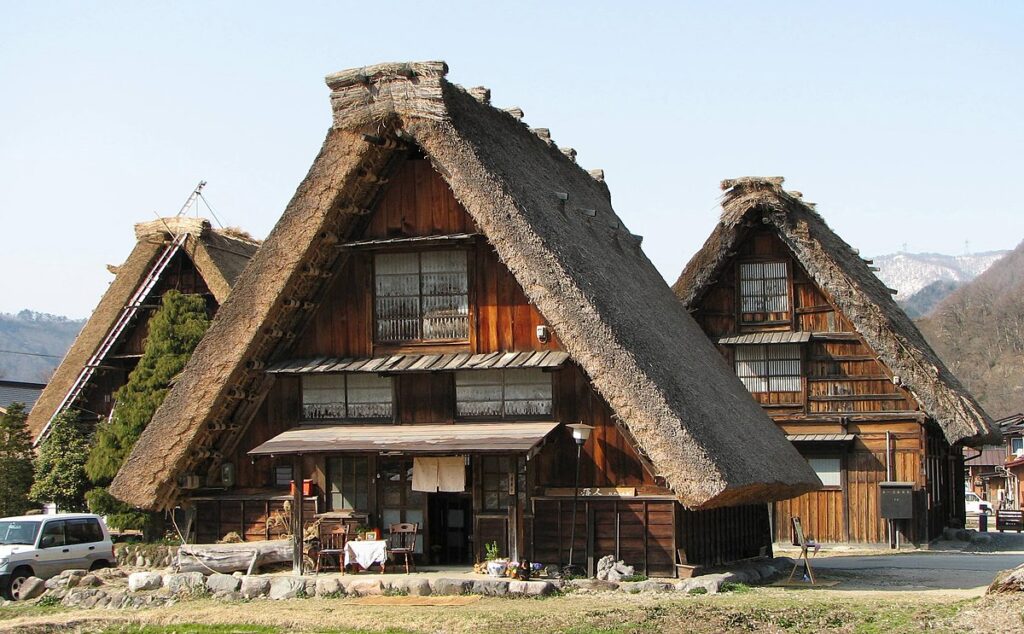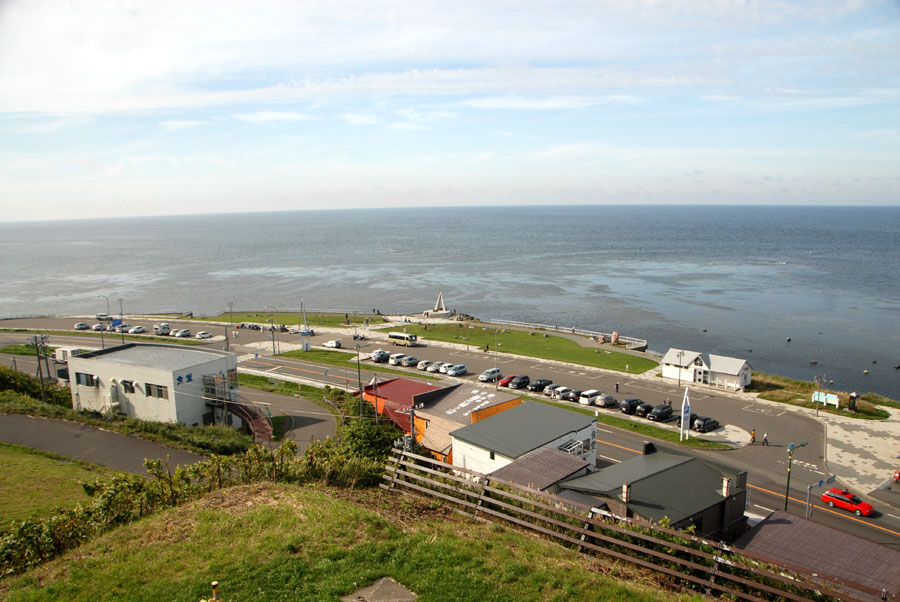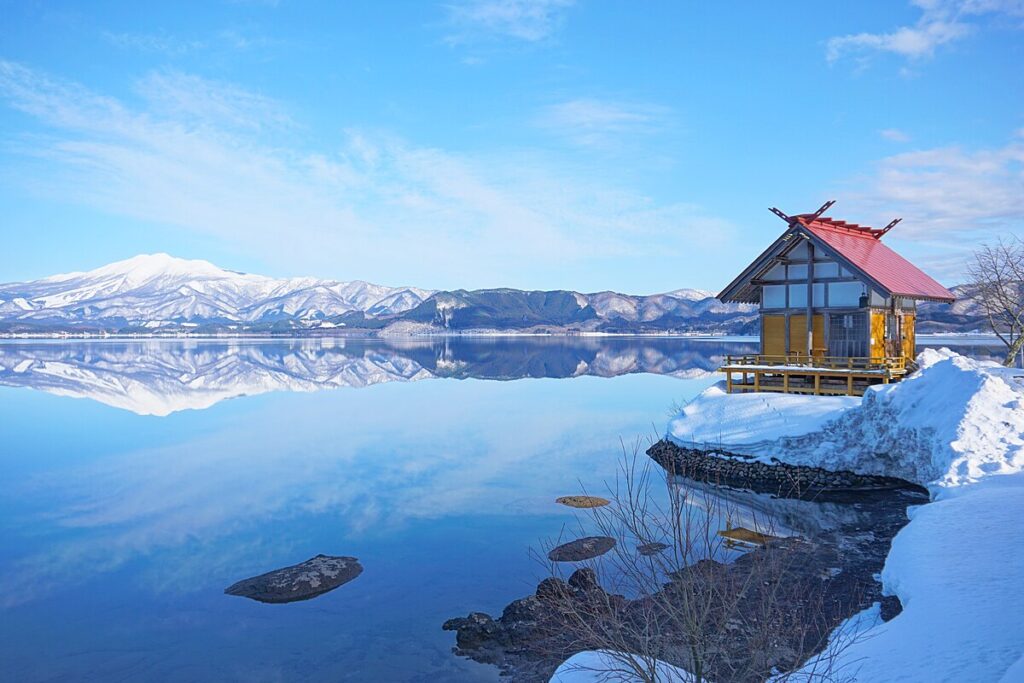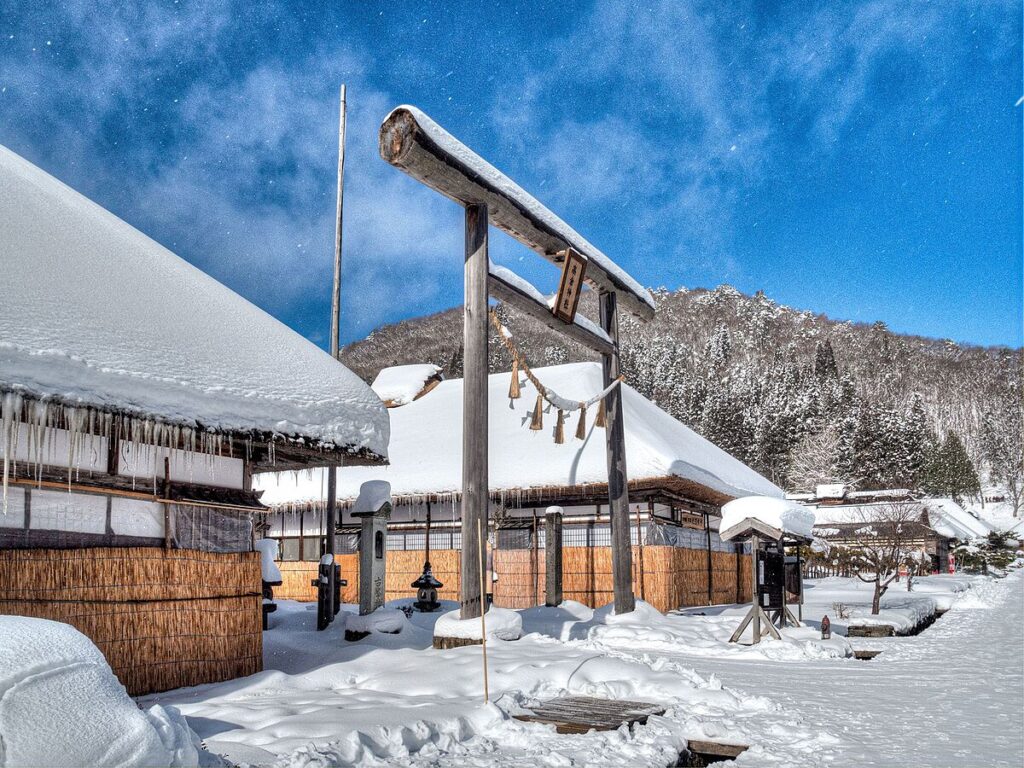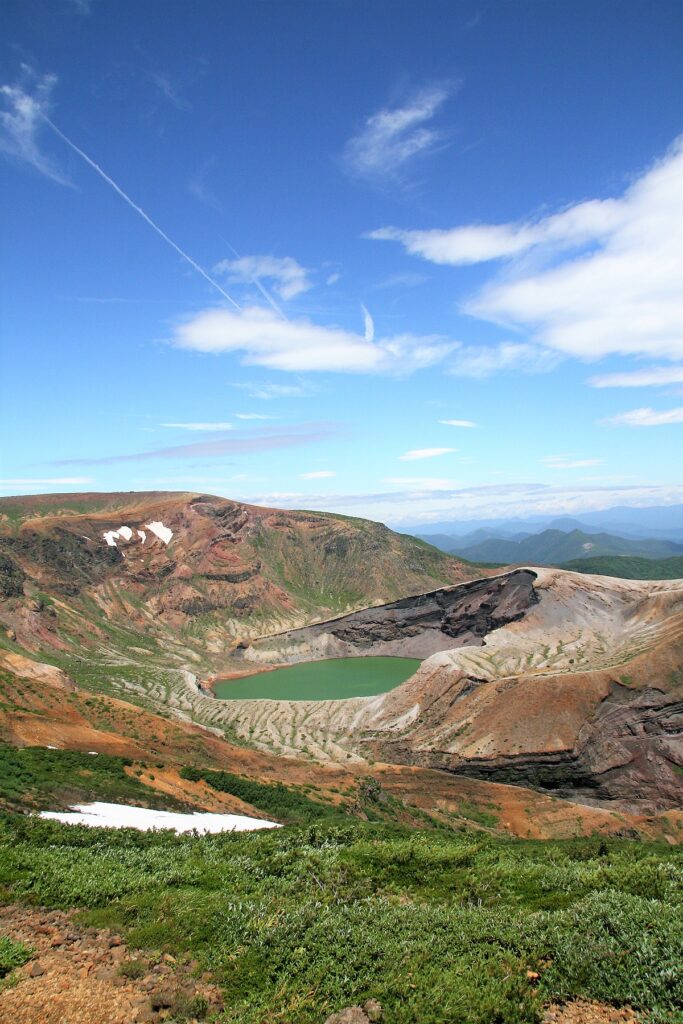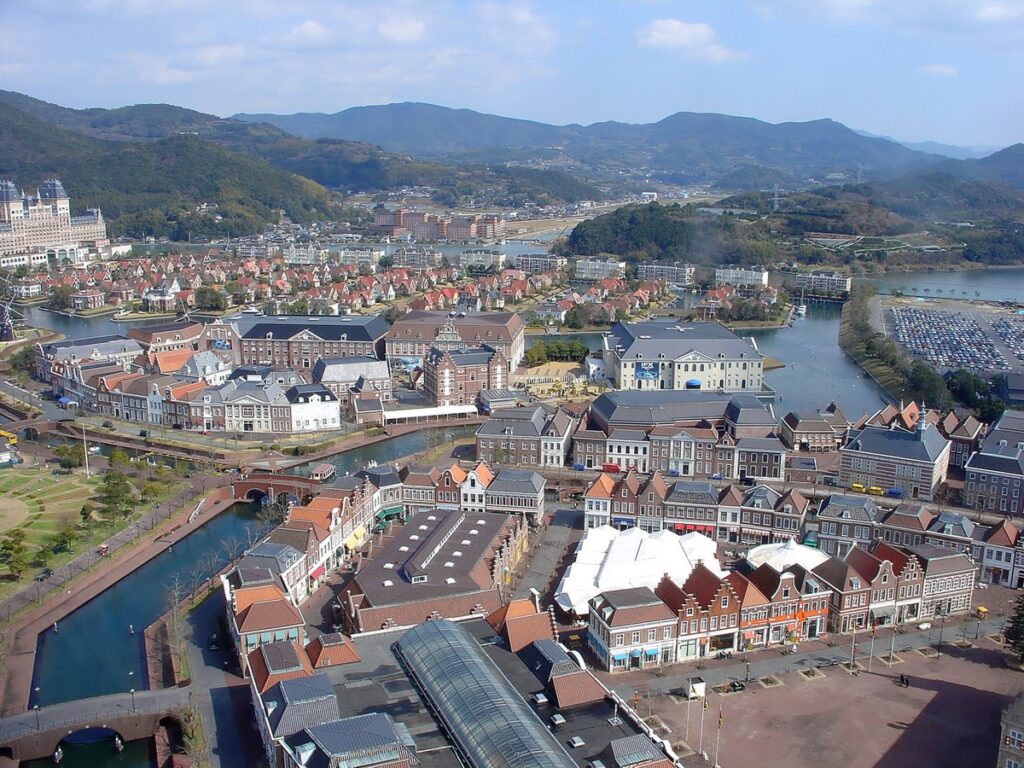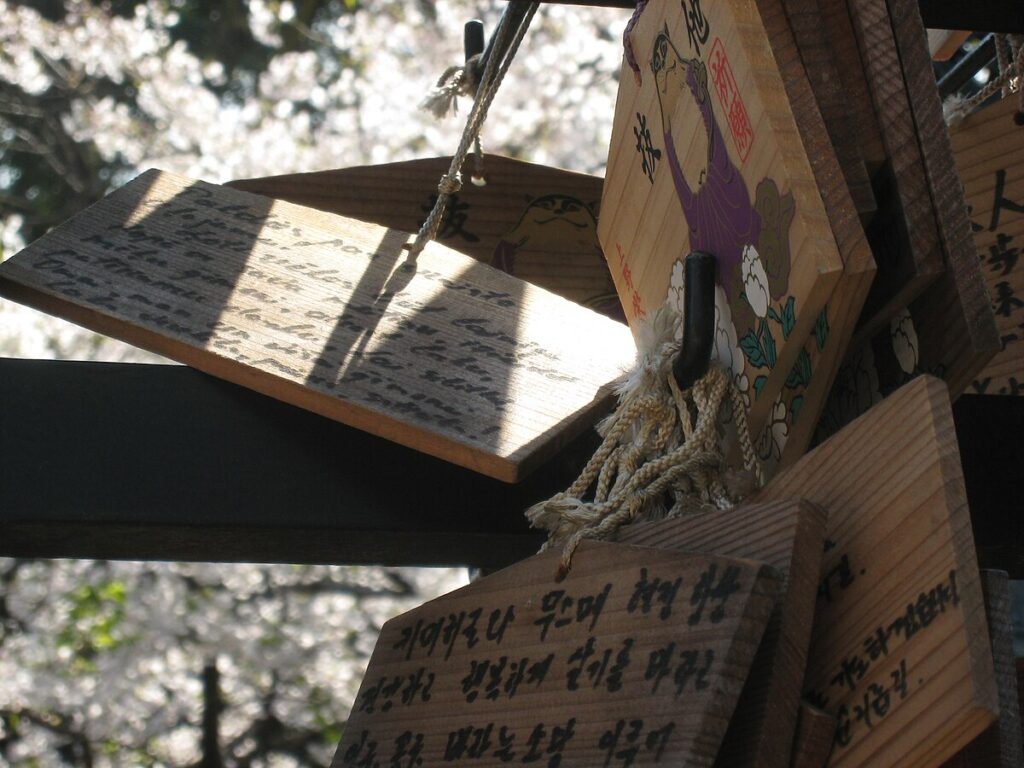Tourist attractions--archive--
-

Mount Yoshino (Yoshino Town, Yoshino District, Nara Prefecture)
Overview (History, Features, and Attractions) Mount Yoshino (Yoshino Town, Yoshino District, Nara Prefecture) is an ancient mountain town nestled in the valleys of a tributary of the Yoshino River, and is known as one of Japan's leading cherry blossom viewing spots. It has long flourished as a center of mountain worship, dotted with temples and shrines, including Kinpusenji Temple. From the Heian to Kamakura periods, the area was a center of worship... -

Gokayama Gassho-style Village (Nanto City, Toyama Prefecture)
Gokayama Gassho-style Villages (Nanto City, Toyama Prefecture) — Overview (History, Features, and Attractions) Gokayama is a group of Gassho-style villages in Nanto City, Toyama Prefecture. Along with Shirakawa-go (Gifu Prefecture), it was registered as a UNESCO World Heritage Site in 1995 as the "Gassho-style Villages of Shirakawa-go and Gokayama." Representative villages... -

Cape Soya (Wakkanai, Hokkaido)
Overview (History, Features, and Attractions) Cape Soya is located at the northernmost tip of Hokkaido and is a major tourist destination in Wakkanai City. The cape is home to the "Northernmost Point of Japan Monument," making it a popular spot for visitors to take commemorative photos. It has strong geographical and symbolic significance, with views to the north... -

Lake Tazawa (Semboku City, Akita Prefecture)
Overview (History, Features, and Attractions) Lake Tazawa, located in Senboku City, Akita Prefecture, is Japan's deepest lake (maximum depth approximately 423m). It is a caldera lake with a striking, crystal-clear, deep blue color. Formed by volcanic activity, the water is exceptionally clear, resulting in the beautiful hue known as "Lake Tazawa Blue." -

Ouchijuku (Shimogo Town, Minamiaizu District, Fukushima Prefecture)
Overview (History, Features, and Attractions) Ouchi-juku, located in Shimogo Town, Minamiaizu District, Fukushima Prefecture, is a post town that retains a strong resemblance to the Edo period. It flourished as a post station on the Aizu-Nishi Kaido (a road connecting Aizu-Wakamatsu with Nikko and Edo), and its streets, lined with rows of thatched-roof houses, have been preserved... -

Zao Okama (Zao Town, Katta District, Miyagi Prefecture)
Zao Okama (Zao Town, Katta District, Miyagi Prefecture) Overview (History, Features, and Attractions) Zao Okama is a beautiful crater lake formed at the crater mouth of the Zao mountain range. It is a popular scenic spot, also known as Goshiki-numa (Five-Colored Lake). Its name, "Okama (Five-Colored Lake)," comes from the fact that the color of its surface changes constantly depending on the weather, sunlight, and the composition of the lake bottom. -

Tateyama Kurobe Alpine Route (Tateyama Town, Nakaniikawa District, Toyama Prefecture)
Overview (History, Features, and Attractions) The Tateyama Kurobe Alpine Route is a mountain sightseeing route connecting Tateyama Town, Toyama Prefecture (Toyama side) and Omachi City, Nagano Prefecture (Ogizawa/Nagano side). Its greatest appeal is the opportunity to experience the magnificent natural scenery of the Tateyama mountain range and Kurobe Gorge in a short space of time. The construction of Kurobe Dam (Showa period) marked the start of tourism... -

Huis Ten Bosch (Sasebo City, Nagasaki Prefecture)
Huis Ten Bosch (Sasebo City, Nagasaki Prefecture) Overview (History, Features, Attractions) Huis Ten Bosch is a large theme park that recreates the streets of the Netherlands. It opened in 1992. It features canals, windmills, tulips, and other European (especially Dutch) scenery, as well as architecture, gardens, and more. -

Shiroyone Senmaida (Wajima City, Ishikawa Prefecture)
Overview (History, Features, and Attractions) Shiroyone Senmaida is a group of rice terraces built on a coastal terrace facing the Sea of Japan in Wajima City, Ishikawa Prefecture. Rice paddies of various sizes are lined up in multiple layers on the slopes, creating a landscape of roughly 1,000 small rice paddies spreading out like waves, as the name "Senmaida" suggests. -

Ueno Park (Taito Ward, Tokyo)
Overview (History, Features, and Attractions) Ueno Park (Ueno Park) is a large urban park located in Taito Ward, Tokyo, and was one of the first parks in Japan to be developed in 1873 (Meiji 6). During the Edo period, it was home to a temple (Kanei-ji Temple) and graveyard associated with the Tokugawa Shogunate, and the Meiji government designated the park on the site of these temples...


